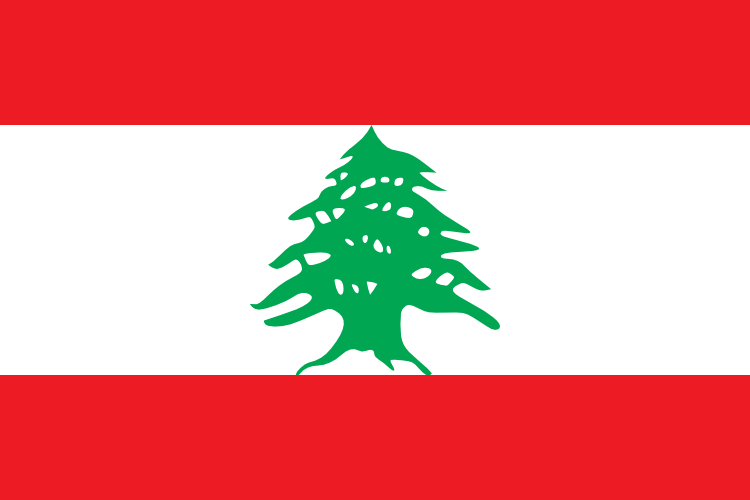
Lebanon Pilot
The project’s purpose is to implement the measures selected by the toolkit on a health or an educational building in the municipality’s premises. The LCEC team conducted a site visit to check with the mayor the proposed buildings for the SEACAP 4SDG project and they were:
After selecting the buildings for the project, the data collection process has started in addition to the selection of the toolkits to be used. Updating the energy mix and the current SEACAP, if possible, Would be based on the data collected and the toolkit(s) selected.
Within the Level 2 demonstrator, one or more buildings will be selected to apply the EE and RE measures proposed through the selected toolkits. According to the selected toolkit, measures would vary from changing light bulbs to LED lamps as low hanging fruits measures to installing solar PV systems and/or installing solar water heaters (solar water heaters could be integrated with the heaters used in the school visited), or changing the equipment to more efficient ones
The SRP outcomes training was completed and the LCEC team viewed the toolkits explained, and worked on narrowing down the tool to be used in the implementation of the project. After careful consideration, the LCEC team along with the external entity selected two toolkits that were found to suit the case study: Edufootprint and Impulse.
The external entity has been selected as well as the municipality. The LCEC team has performed site visits and identified along with the mayor and the external entity preliminarily the building(s) to tackle. The toolkits have been selected. The next steps include updating the SEACAP (if possible) and using the toolkits to propose EE and RE measures to be implemented in the selected building(s) in order to reduce energy consumption and CO2 emissions.









